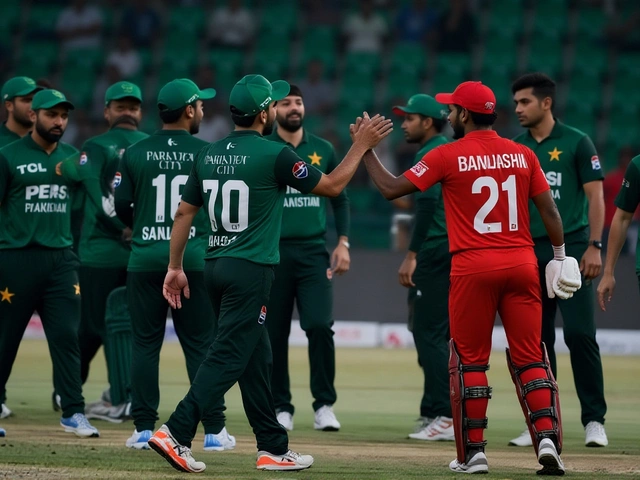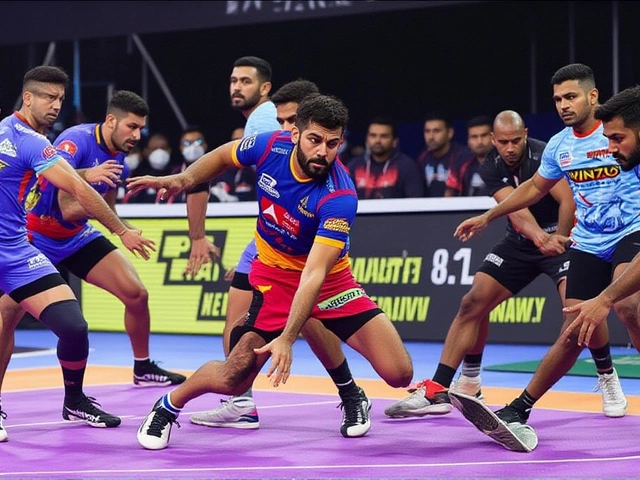Better Newspaper Guide: Find Trustworthy, Engaging News Sources
If you scroll through headlines every morning and wonder which paper actually tells the truth, you’re not alone. A "better" newspaper isn’t just about glossy pages or catchy headlines – it’s about credibility, balance, and relevance to your life. Below we break down the key things to look for, so you can stop guessing and start reading with confidence.
Spotting Bias and Credibility
The first red flag is one‑sided reporting. Does the paper give equal space to different viewpoints, or does it push a single agenda? Check the bylines: seasoned reporters usually stick to facts, while opinion pieces are clearly labeled. Look for citations, data sources, and links to original documents – these tell you the story is built on evidence, not rumor.
Another clue is the ownership. A newspaper owned by a political party or a corporation with strong interests may subtly shape coverage. A quick Google search on the publisher’s background can reveal hidden motivations. Trustworthy papers are transparent about their ownership and any potential conflicts of interest.
Accuracy matters. Reputable outlets issue corrections promptly and keep a publicly accessible corrections archive. If you spot frequent errors or missing corrections, walk away. Consistency in fact‑checking across topics – from politics to technology – signals a solid editorial process.
Print vs Digital – What Works Best?
Print newspapers still have a loyal audience because they offer a tactile experience and often deeper analysis. However, they can be slower to update breaking news. Digital versions give you instant alerts, multimedia content, and interactive features like comment sections and polls.
When choosing digital, pay attention to paywalls and ad density. A site loaded with pop‑ups may sacrifice user experience for revenue, while a modest subscription model usually funds better reporting. Look for newsletters that summarize the day’s top stories – they’re a quick way to stay informed without drowning in clickbait.
Local coverage is another advantage of many regional papers, both print and online. They’re more likely to report on community events, municipal decisions, and issues that directly affect you. A mix of a national outlet for broad context and a local paper for neighborhood details often gives the most rounded picture.
Finally, test the paper’s social media presence. Quality outlets use platforms to share articles, engage readers, and correct misinformation. If their feeds are filled with sensationalist headlines or unchecked memes, the core publication probably isn’t any better.
In short, a better newspaper is one that respects your intelligence, offers balanced perspectives, and corrects itself when it slips. Spend a few minutes checking the bylines, ownership, correction policy, and how the paper handles digital delivery. Once you find a source that ticks these boxes, you’ll enjoy news that informs, not inflames.
Which is a better newspaper: The Hindu or The Times Of India?
Oh boy, diving into the age-old debate of The Hindu versus The Times Of India, it's like choosing between coffee and tea, each has its own unique flavor! Now, The Hindu is like your wise old grandpa, always reliable with its in-depth analysis and comprehensive coverage. On the other hand, The Times of India, it's your energetic cousin, a bit flashy but definitely keeps you updated with the latest buzz. So, who's better? Well, it's like picking between Batman and Superman, depends on what sort of journalistic superhero you need for the day! Remember folks, diversity is the spice of life, and both these newspapers definitely add some serious seasoning to our daily news consumption!
About
News and Media Comparison
Latest Posts


Which is a better newspaper: The Hindu or The Times Of India?
By Arvind Chatterjee Jul 28, 2023

Pakistan edges Bangladesh by 11 runs to set up Asia Cup 2025 final clash with India in Dubai
By Arvind Chatterjee Nov 24, 2025

Gitanjali’s False Claim Sends Armaan into Guilt Spiral on Yeh Rishta Kya Kehlata Hai
By Arvind Chatterjee Oct 3, 2025

